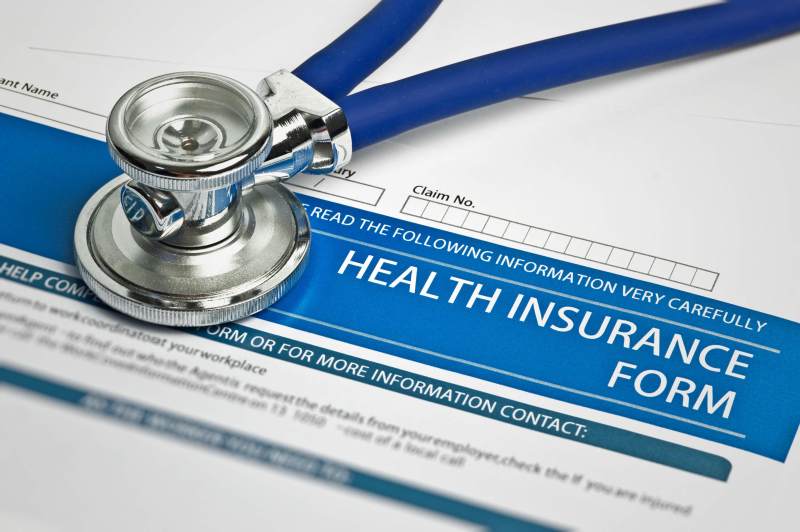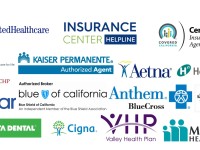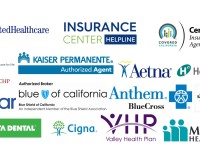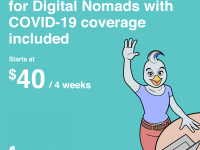Medical Insurance – Many Connecticut patients struggle to understand their complicated, jargon-filled private health insurance plans, according to a new survey by the University of Connecticut Health Disparities Institute.
Many Connecticut patients struggle to understand their complicated, jargon-filled private health insurance plans, according to a new survey by the University of Connecticut Health Disparities Institute. (Shutter photo)
Contents
- Medical Insurance
- Insurance Plans & Coverage
- Medical Insurance Icon. Flat Design Stock Vector Image & Art
- Health Insurance Premiums: 5 Price Factors And How To Save
- Medical Insurance Form Template
- Johnson City Individual Health Insurance
- Your Simple Guide To Understanding The (not So Simple) Health Insurance Claims Process
- Medical Insurance Medicine And Healthcare Concept Vector Image
- Gallery for Medical Insurance
- Related posts:
Medical Insurance
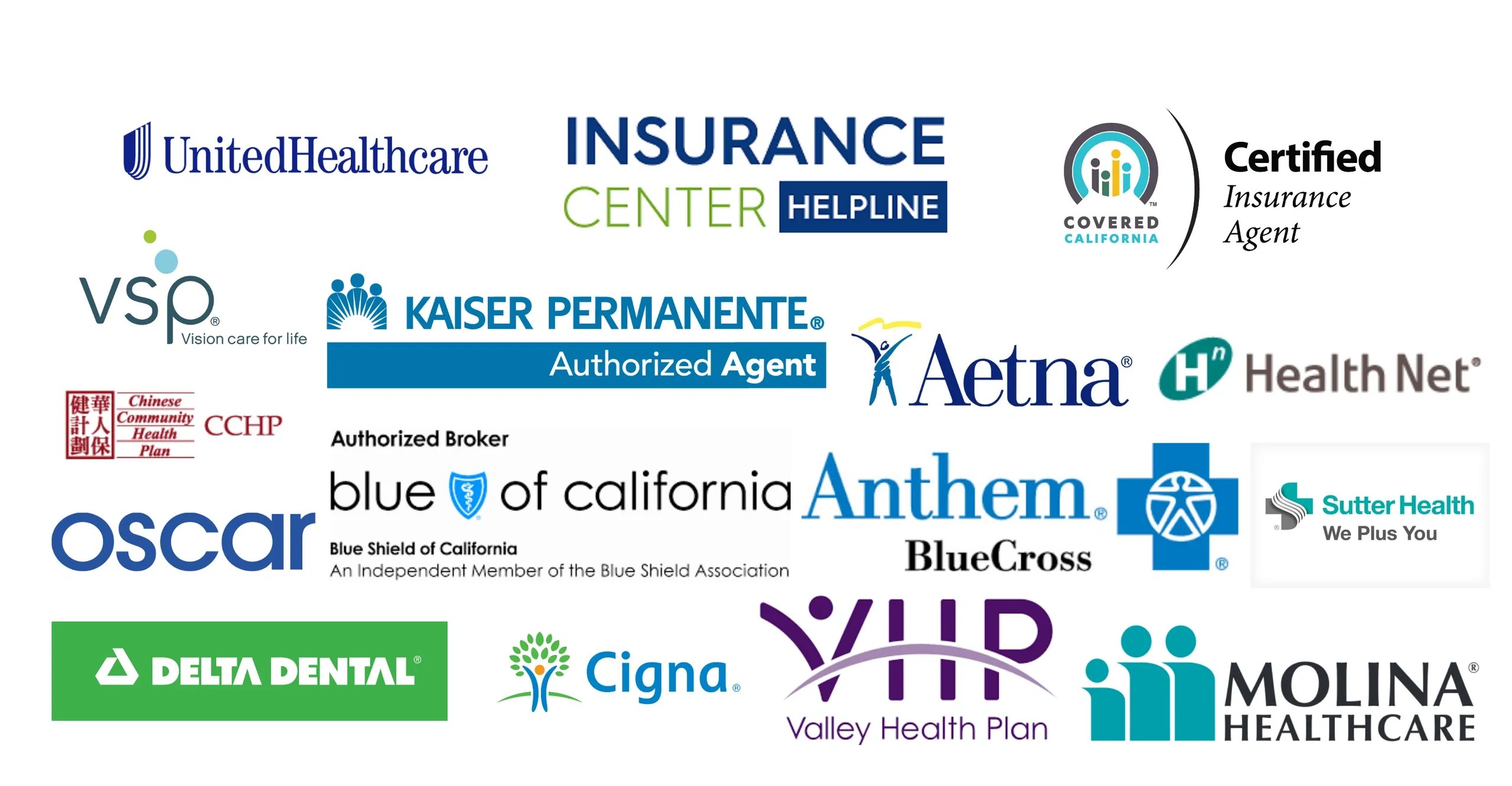
Many Connecticut patients struggle to understand their complicated, jargon-filled private health insurance plans or even use them correctly, according to a new survey by experts at the University of Connecticut’s Health Wellness Institute.
Insurance Plans & Coverage
The study points to huge disparities in “health insurance literacy,” showing that people of color, especially minorities, face more challenges accessing health care and avoiding administrative hassles. They also face a greater risk of delayed treatment, denial of insurance coverage, and unexpected and expensive medical bills.
Complex insurance plans, complex cost calculations, and complex language and terminology can be difficult for even college-educated people to understand, researchers say.
Having health insurance is an invaluable asset, but what good is it if people don’t know how to use it? — Victor Villagra
Since the Affordable Care Act was passed seven years ago, thousands of Connecticut residents have signed up for private health insurance plans through Access Health CT, the state’s health insurance exchange. More people can now get essential health benefits through their plans, including hospital care, mental health, prescription drugs, and pregnancy and birth care. Thanks to the Affordable Care Act, people also have the right to receive essential preventive services completely free and without out-of-pocket costs. However, the exchanges report that many members do not use these services or make full use of them, and many still do not have a primary care physician.
Medical Insurance Icon. Flat Design Stock Vector Image & Art
These observations about the low level of use of the plan; news reports about unexpected health care bills; medical bills are the leading cause of personal bankruptcy; and other challenges in accessing health care prompted the Health Disparities Institute to study health insurance penetration to learn how to help more patients use their benefits to achieve good health. Institute staff believe that recent consumer protection legislation was a good first step.
The Institute for Health Disparities team is calling for a coordinated statewide effort with health insurance providers to simplify health insurance plans and their language, as well as an aggressive education campaign to increase literacy. The goal is to make it easier for patients to access the health care services covered by their plans while avoiding unnecessary costs.
“Health insurance is an invaluable asset, but if people don’t know how to use it, what good is it?” asked Dr. Victor Villagra, associate director of the Health Disparities Institute at the University of Connecticut Health Center.

“First, we need to start improving health insurance literacy to address a major source of health disparities,” he said, “but a longer-term solution is to eliminate the complicated language and complex rules in health insurance.” state citizens and access to simpler, more consumer-friendly insurance plans should be a priority.”
Health Insurance Premiums: 5 Price Factors And How To Save
The team also recommends using trained navigators or coaches at the health insurance site to help patients.
The good news is that we now have an opportunity to seize the moment in Connecticut…to make health insurance easier and better for everyone to understand. — Judith Fifield
A 2016 telephone survey measured the health insurance literacy of 516 Connecticut adults enrolled in a qualified health insurance plan through Access Health CT, the state’s health insurance exchange. The results showed that these groups had difficulty understanding basic health insurance terminology, such as “premium,” “deductible,” and “out-of-pocket,” and how to use its benefits. Researchers report that blacks, Hispanics, or people whose first language is not English, with less education, face more problems understanding and using health insurance than white people.
“Health insurance literacy is a health disparity that we can really do something about, and we can continue to measure our progress,” said Dr. Judith Fifield, director of the Health Disparities Institute. I. “The first step is to improve patient education, increase health insurance literacy and introduce more consumer-friendly health insurance plans.”
Medical Insurance Form Template
Field said there is currently no information on the health insurance literacy rate among Connecticut citizens enrolled in private health insurance plans.
“While these raw data are broadly indistinguishable from the rest of the country, the survey revealed deep disparities that place people of color at a significant disadvantage,” she said. “The good news is that we now have an opportunity to seize the moment in Connecticut, especially during the health reform debate, to make health insurance simpler and better understood by everyone.”
Other participants in the Institute for Health Disparities research project include Emil Coman, Bhumika Parikh, Denise O. Smith, and Jeanette Hoizueta. Co-authors include Access Health Connecticut and Acturus. Funding for this project comes from the Connecticut Health Foundation. By clicking “Accept all cookies”, you consent to the storage of cookies on your device to improve site navigation, analyze site usage and assist in our marketing efforts.

This gives you peace of mind knowing that you and your family still have financial security, even if your health takes an unexpected turn. However, when money is tight, monthly payments for life insurance and health insurance can be difficult. When expenses start to mount, it’s easy to give up one or the other to make ends meet.
Johnson City Individual Health Insurance
However, each type of insurance serves completely different purposes and provides different coverage. Learn how to determine what type of insurance you need and how much to buy at each stage of your life.
Life insurance pays a lump sum to your beneficiaries if you die prematurely. The idea is that the death benefit should be enough to cover future lost income and expenses and outstanding debts, such as funeral expenses, medical bills and other debts, or to fund a college savings account or retirement years. This provides financial continuity for the family so that they are not in dire straits even if they lose you and your earning power.
Health insurance, on the other hand, helps pay for medical expenses such as doctor visits, hospitalization, medications, tests, and surgeries. This helps ensure that people can afford health care and stay healthy.
The reality is that many people need both types of protection, especially if they have dependents. If that’s the case, it’s best to limit your coverage to what you really need so you can afford both types of coverage.
Your Simple Guide To Understanding The (not So Simple) Health Insurance Claims Process
Keep in mind that insurance needs can change dramatically at different stages of life. What seems important to a parent with teenage children may not be as important to a recent college graduate or retiree.
Before the introduction of the Affordable Care Act (ACA) in 2014, many people in their 20s and 30s decided to forgo health insurance altogether; about 30% of people under the age of 26 had no health insurance at all. And it makes sense: These people, who some experts call the “young invincibles,” have far lower rates of health problems than most people. For some people, paying a monthly premium for health insurance may seem unnecessary. But that began to change when the Affordable Care Act mandated that most Americans have health insurance.
Beginning in 2019, the Tax Cuts and Jobs Act (TCJA) eliminated this obligation (or, more accurately, the penalty for not complying). However, if you think about the benefits of health insurance, you may want to have it.

The good news for young people is that the ACA allows you to stay covered by your parents until age 26. This can buy you some time before purchasing your own policy.
Medical Insurance Medicine And Healthcare Concept Vector Image
Some states, including New Jersey, Florida and Pennsylvania, even allow adult children to stay on their parents’ plans until age 30 or 31. As a rule, they must be single and have no dependents of their own.
If you can’t rely on your parents’ policy and you’re under 30, a relatively cheap catastrophic policy might be worth considering. You won’t be reimbursed for most doctor visits and other day-to-day health care expenses, but once you meet a certain deductible, you’ll have a safety net in case a serious medical problem arises. This minimum coverage is usually sufficient for people with near-perfect medical records.
Considering increasing your insurance coverage by purchasing a bronze, silver, gold, or platinum plan from your state’s health exchange? You may be able to get help from the government. While you can choose any metal level plan on the market, your income must be between 100% and 400% of the federal poverty level to qualify for the tax credit. To determine savings from the market plan for 2024, the government
Looking for medical insurance, pet medical insurance, employer medical insurance, no medical life insurance, find medical insurance, medical insurance georgia, personal medical insurance, employee medical insurance, short term medical insurance, medical insurance quotes, get medical insurance, insurance no medical exam
